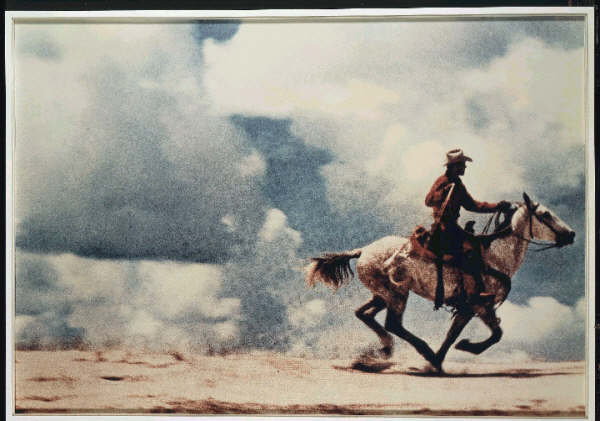I was planning on spending some time looking at the Orphan Works Bill eventually but it appears that I may have missed the boat. Here’s a notice I received this morning:
UPDATE: It appears that the ASMP and PPA are in favor of the bill. Here’s a quote from an email I just received “Making a decision to support any Orphan Works Bill isn’t easy. However, both PPA and ASMP, the only two organizations representing photographers that have actively participated in these discussions, have determined that opposing the proposed House bill would place photographers at greater risk. We believe that supporting the House bill will prevent us from ending up with a law that is far worse.” Visit the ASMP (here).
Here’s the email from the APA:
BREAKING NEWS, May 7, 2008 – The House is meeting today 2:00 p.m. Wednesday, May 7, 2008, 2141 Rayburn House Office Building markup of H.R. 5889, the “Orphan Works Act of 2008”
This means that if you oppose the House Bill as it stands, it is extremely important to make your voice heard before that meeting begins.
At this time, it is understood that the House believes that photographers and other visual artists including their trade associations are in agreement with the current bills. APA opposes both the House and Senate bills as written.
Please take a moment to be heard via a prepared letter of your choice, or by including your own reasoned thoughts in a professional courteous manner.
This link (here) will allow you to be heard.
Scroll down about half way to see “For Photographers”.
It is important to be heard. It is your future.
Martin Trailer
National President
Constance Evans
National CEO
ORPHAN WORKS LEGISLATION IS BACK!
APA’s Position on the Orphan Works Act of 2008
From the onset, APA has been actively engaged in the effort to help solve the orphan works dilemma. We made public our support for the crafting of an amendment that would permit use of verified, i.e. true, orphaned works for certain uses, by way of procedures that are clearly defined in the statute or regulations, while retaining remedies for use by copyright owners in the event of abuse.
APA, in seeking to represent the best interests of its members, takes the position that the legislation offered in both bills — S.2913 and H.R.5889 — does not achieve the goal as we believe was originally intended, and instead provides a distinct road map for the infringement of contemporary works by living artists worldwide. If left unchanged, this legislation has the potential to destroy the businesses and livelihoods of thousands of photographers, other visual artists, as well as the collateral small businesses that serve the industry, and are dependent on, creators.
Therefore, APA is asking its members and all concerned individuals to take action by writing your members of Congress to voice your concerns. PLEASE go to this resource page on Orphan Works for sample letters (scroll down for the photographers’ letters) and the ability to automatically contact your specific members of Congress. Great thanks to the Illustrators’ Partnership for making this site available.
The full text of is available as a pdf download (here).
And both the House and Senate versions of the bill are available as pdf downloads on the APANational.com homepage here
Be informed. Be involved.
Thank you
APA National CEO
Constance Evans
APA National President
Martin Trailer
